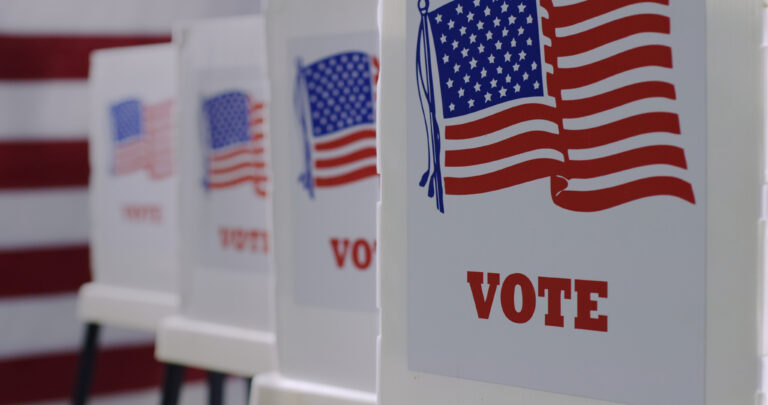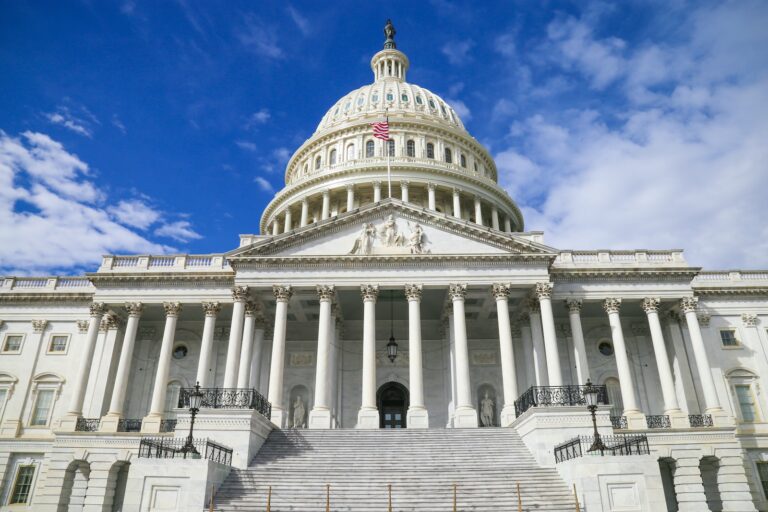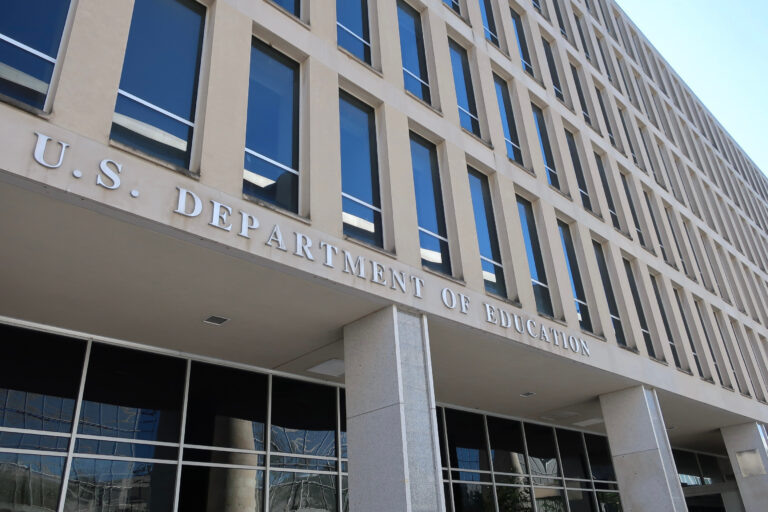This week, voters across America took to the polls for highly-anticipated elections, with major implications for education. We reviewed the education policy plans and priorities of newly-elected leaders in Virginia, New Jersey, and New York City to see what their agendas may signal for the years ahead.
Virginia
Voters elected Abigail Spanberger as governor and Jay Jones as attorney general.
- The governor appoints the state superintendent of public instruction, state board of education members, and secretary of education—roles central to shaping K–12 standards, educator supports, and accountability systems.
- The new administration is expected to review student safety policies, academic standards, and workforce development efforts.
- The attorney general’s office will influence how Virginia engages in federal education policy discussions.
Spanberger’s education plan: Her Strengthening Virginia Schools Plan focuses on strengthening K-12 schools by boosting teacher pay, expanding early childhood programs, and addressing workforce shortages. Her plan also calls for improving literacy and math outcomes, modernizing assessments, and increasing wraparound services. She has also pledged to make college more affordable, expand dual enrollment opportunities, and support HBCUs.
Go deeper: While both roles are governor-appointed, the secretary of education is a cabinet-level position responsible for coordinating policy across early childhood, K–12, and higher education—linking the governor’s priorities to agencies and institutions statewide. Meanwhile, the superintendent of public instruction serves as Virginia’s chief executive for K–12 schools, overseeing standards, assessments, and school improvement.
New Jersey
Governor-elect Mikie Sherrill will shape state education policy through appointments to the commissioner of education, state board of education, and secretary of higher education.
During the election, Sherrill campaigned on expanding affordable pre-K and kindergarten statewide, investing in tutoring to address learning loss, and increasing school-based mental health services. Sherrill also supports free school meals for all students and stronger pathways connecting high schools, colleges, and employers.
New York City
Zohran Mamdani’s victory in the New York City mayoral race puts the nation’s largest school system—serving nearly 900,000 students—under new leadership. [Chalkbeat]
Key Issues Ahead
- Mayoral control: Mamdani has said he’s open to modifying the current governance model, which gives the mayor direct control over the Department of Education and the appointment of most members of its governing panel. Lawmakers will revisit the issue in 2026, setting up a debate over local decision-making and accountability.
- Teacher pipeline: He has proposed a $12 million initiative to recruit 1,000 teachers annually through tuition assistance and service commitments.
- Early learning: His signature childcare proposal focuses on expanding access to free, high-quality early education programs, although details on implementation remain forthcoming.
Ballot Measures
Colorado: Voters approved Propositions LL and MM to support universal school meals. The measures raise taxes on higher-income households to fund meals, staff pay, and local food purchasing programs. [Colorado Public Radio]
Texas: Two major constitutional amendments passed with implications for education and workforce development.
- Proposition 1: Establishes an $850 million endowment for the Texas State Technical College to upgrade facilities, expand training programs, and address workforce shortages in skilled trades such as plumbing, HVAC, and electrical work. [The Texas Tribune]
- Proposition 15: Amends the state constitution to affirm that parents have the right “to exercise care, custody, and control of the parent’s child, including the right to make decisions concerning the child’s upbringing,” along with the responsibility “to nurture and protect the parent’s child.” [The Washington Post, subscription model]
Looking Ahead
36 governors, seven state superintendents, and more than 6,000 legislative seats will be on ballots in 2026.
This article is sourced from Whiteboard Notes, our weekly newsletter of the latest education policy and industry news read by thousands of education leaders, investors, grantmakers, and entrepreneurs. Subscribe here.




